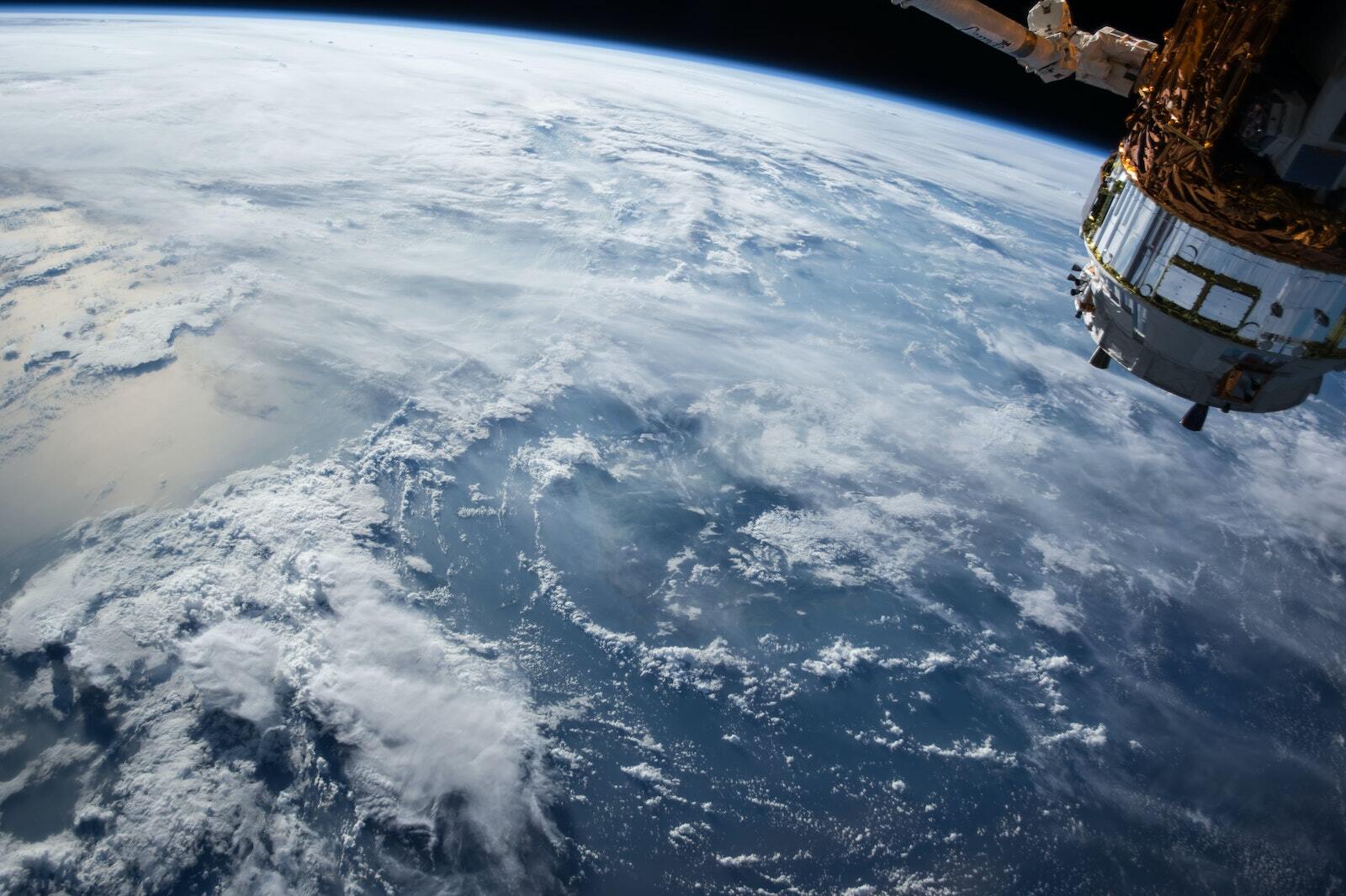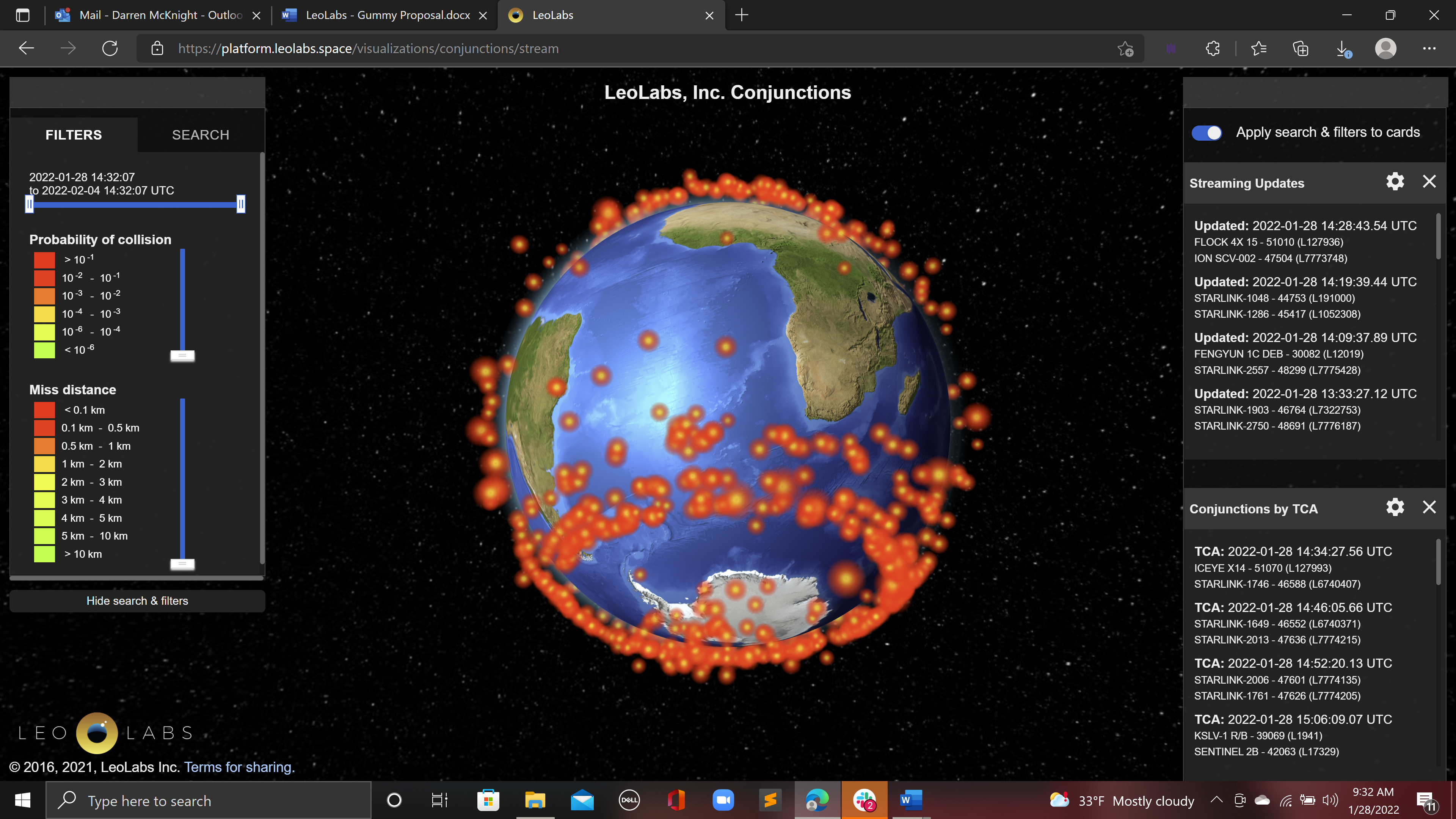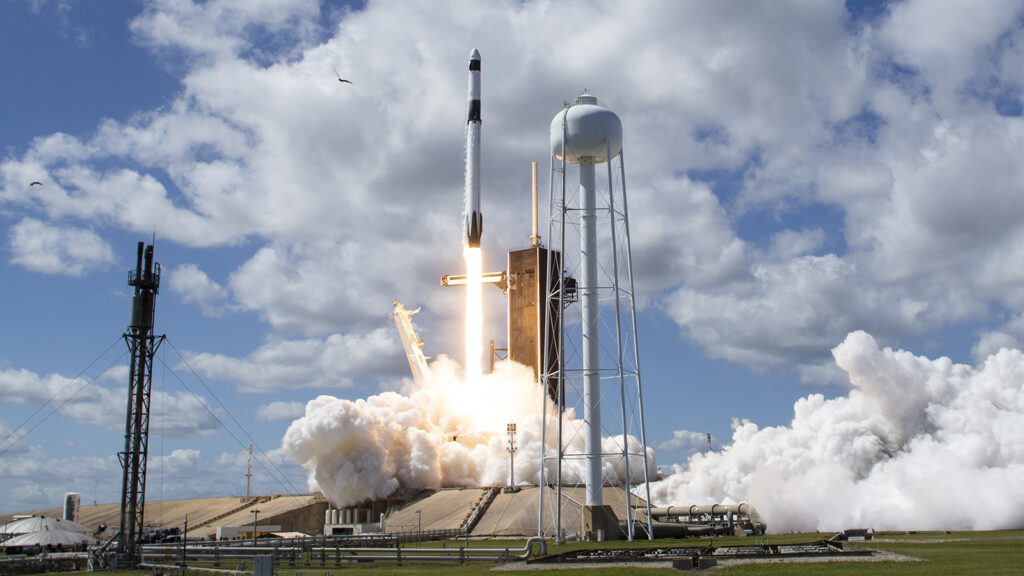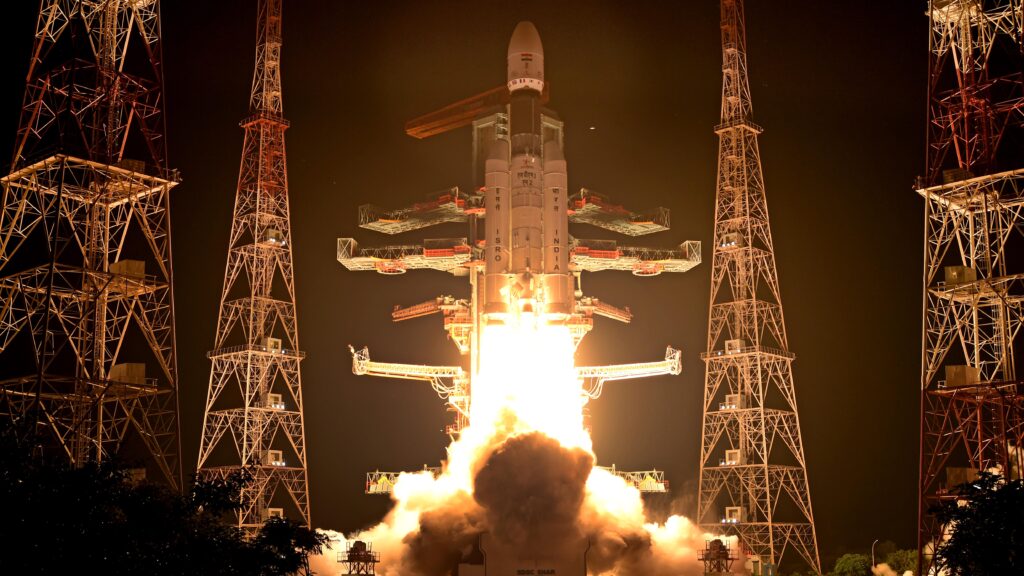How Long Before We Get a Collision in Space?

We still don’t have guidelines that are stringent enough for maintaining the safe use of Earth orbit.
Photo: Unsplash
It’s estimated that there are about 19,000 objects in low Earth orbit. Of these, about 14,000 are pieces of debris, some of them as big as a school bus.
As commercial operations ramp up in space, with thousands of satellites launching into low Earth orbit (LEO), the risk of space debris causing a serious problem is growing.
In our second piece on the business of space, BRINK spoke to Darren McKnight who is a senior technical fellow at LeoLabs, which monitors space traffic from its radars around the world. You can read the first piece here.
MCKNIGHT: Every altitude in low earth orbit has some fragmentation debris, abandoned rocket bodies and non-operational payloads. There is no pristine location in the LEO. However, there are locations in which you could do just a few collision-avoidance maneuvers a year and operate quite safely. And there are other ones where you’re going to be making collision avoidance maneuvers many times a day.
Right, there are about 19,000 objects that are cataloged in low earth orbit. Of those, about 13,000 are fragments resulting from explosions or collisions of objects in space. The rest are either abandoned derelicts, like rocket bodies and non-operational payloads, or actual operational payloads.
The Mess Is Catching Up to Us
Today, there are on the order of about 4,500 operational payloads in LEO. Just two years ago, it was 800. It’s gone up drastically because of new constellations that are being deployed. The average operational satellite in LEO right now is probably around 200 kilograms, whereas the average derelict intact object is closer to a thousand kilograms. Crowdedness doesn’t mean unsafe. It’s the kind of objects and the altitudes that determine whether crowded becomes unsafe or not.
The worst neighborhood in LEO is between 810 and 890 kilometers above Earth. That’s where the over 3,000 fragments from a single Chinese rocket are centered. Eighteen of the largest objects in LEO are within a 40 kilometers span in the middle of that neighborhood. They are the same size range in mass as a big, yellow school bus, yet they have no brakes, no steering wheel, they’re whizzing past each other on a continual basis.
Most of these are Russian in origin, dating back to the 80s, 90s and early 00s. You also have some dead, abandoned U.S. payloads and a lot of debris from some U.S. rocket bodies that exploded in the same region. So, you have this really bad mess, which China, U.S. and Russia have all contributed to, and now it’s catching up with us.
Unfortunately, we are now licensing hundreds and thousands of satellites at 450, 500, 547, kilometers, and we’re saying it’s safe to leave your trash at 615 kilometers.
BRINK: How much are these things a threat to the functioning of commercial operations?
MCKNIGHT: I didn’t tell you the worst news yet. These 19,000 objects are ones that we can see. You can either listen to the 18th Space Control Squadron, or to LeoLabs, which provides conjunction data messages to warn you about close approaches, and as long as you listen to one or both of us, you can avoid most of those objects.
However, there are approximately 200,000 to 600,000 fragments that we cannot see and yet are still large enough to end the mission of a satellite, around 1 to 10 centimeters in size. When two rocket bodies collide at say 840 kilometers, that debris eventually rains down through the altitudes and most of that, which can kill us, we can’t see.
That’s actually something that LeoLabs is addressing. We’re going to start cataloging that lethal, non-trackable debris population in 2022, leveraging our global network of more modern S-band radars that allow us to do that.
BRINK: Is it possible to get rid of this debris, or is it always going to be a part of space operations?
MCKNIGHT: There are ways to get rid of it, but the problem is twofold. One, we still don’t have guidelines that are stringent enough for maintaining the safe use of Earth orbit. It still is okay for you to use a satellite for six months, one year, whatever, and then it can stay in orbit for 25 years after decommissioning. That’s the guideline.
Unfortunately, we are now licensing hundreds and thousands of satellites at 450, 500, 547, kilometers, and we’re saying it’s safe to leave your trash at 615 kilometers. This slowly works its way through these operational orbits. That is a concern.
The other issue is these big objects that have been up there for decades need to be removed before they start to collide with each other. There are neighborhoods in lower orbit where the probability of two of these massive objects colliding is on the order of 10-20%. When that kind of event occurs, it throws both trackable debris and lethal non-trackable debris into some of the altitudes where there are operational systems.
BRINK: If you are a CEO thinking of going into space operations, is space debris a risk that one can live with?
MCKNIGHT: Like any risk management, you have to decide what your trade-offs are. Larger satellites at higher altitudes in LEO, where the atmospheric drag is negligible, will likely be more susceptible to debris impacts. But if you have smaller satellites and fewer of them that can operate at lower altitudes, then you’re going to be more resilient to any events that are likely to occur. There are certain places higher up in low earth orbit, like 1200 kilometers where OneWeb is going that are kind of a notch. There’s a lot of debris above them and below them but they’re in a lightly populated region.
If you go a little bit higher, say 1600 or 1700 kilometers, again, this is a place that hasn’t been used very often, so you might be above the fray. The problem about going that high, though, is if something bad happens, atmospheric drag doesn’t help remove things for you, which does happen at 500 kilometers or 450 kilometers, where you get this self-cleansing effect from nature, which is very useful.
Those are kinds of tradeoffs that any new constellation or space operator has to deal with. I think the answer is if you get good advice and high-quality collision avoidance services, you absolutely can still deploy reliable systems, but you have to go in with your eyes wide open to the dynamic environment in LEO. If you do not, you will likely have some difficulties.





